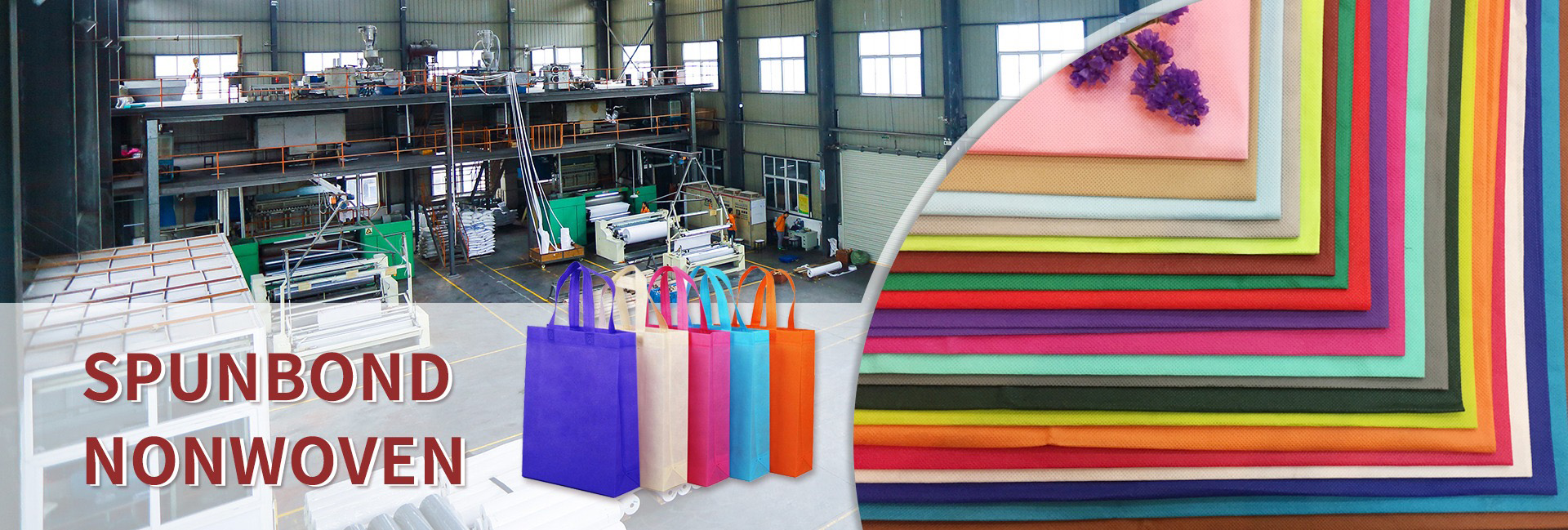Non woven bags are generally printed using screen printing technology, also known as “silk screen printing”, which has always been a commonly used printing process by many manufacturers. Generally, it is manually printed, so it is difficult to control the color in the process. However, with the increasing demand for exquisite printing and environmental protection from customers, many new non-woven printing methods have emerged, mainly including watermarking, gravure printing, heat transfer printing, etc.
The main types of non-woven printing technology
Heat transfer printing
This is a technology that first prints a pattern onto a transfer film, and then transfers the pattern onto non-woven fabric through heat transfer. The characteristics of this process are bright colors, durability, and low requirements for the texture of non-woven fabrics. However, it should be noted that high temperatures are required during the heat transfer process, which may affect certain types of non-woven fabrics.
Screen printing
Screen printing is a printing method that uses a screen plate to imprint ink onto a material. It can be printed on various materials, with strong ink adhesion and bright colors. But due to the need to produce screen printing, it is more suitable for large-scale, fixed pattern printing.
Gravure printing (film coating process)
The laminating process involves first printing graphics and text onto a thin film, and then laminating the patterned film onto environment-friendly non-woven fabric through the laminating process. Its advantages include machine production, short cycle time, waterproof durability, and suitability for large-area color images; The disadvantage is that the film is difficult to degrade and conflicts with environmental protection concepts.
Inkjet printing
Inkjet printing directly sprays ink onto materials to form patterns, suitable for small batch, personalized printing needs. Inkjet printing has rich colors and fine printing effects, but it has high requirements for ink and printing equipment.
Digital printing
This is an emerging printing technology that combines the advantages of inkjet printing and traditional printing. It can achieve personalized printing while ensuring the quality and efficiency of the printing effect. Digital printing is the trend of future development.
The use and selection of non-woven printing machines
Choosing the appropriate non-woven fabric printing machine is the key to ensuring printing quality and efficiency. When choosing a printing press, we need to consider the following factors:
1. Printing requirements: Firstly, it is necessary to clarify one’s own printing requirements, including the complexity of the printed patterns, the number of colors, printing sizes, etc., in order to choose the appropriate type of printing machine.
2. Equipment performance: Understand the printing speed, resolution, color reproduction and other performance indicators of the printing machine to ensure that the selected printing machine can meet actual needs.
3. Cost budget: The price of printing machines varies greatly, ranging from several thousand yuan to several million yuan. When choosing a printing press, one should weigh their own cost budget.
4. Brand and Service: Choosing a well-known brand of printing press not only ensures the quality and performance of the equipment, but also provides better after-sales service and technical support.
Conclusion
Overall, the selection of non-woven printing technology and the selection of printing machines need to be comprehensively considered based on actual needs. Different printing processes have their own advantages and disadvantages, and the selection of printing machines also needs to be evaluated based on multiple factors. I hope this article can provide readers with useful references and guidance in non-woven printing.
Dongguan Liansheng Non woven Technology Co., Ltd. was established in May 2020. It is a large-scale non-woven fabric production enterprise integrating research and development, production, and sales. It can produce various colors of PP spunbond non-woven fabrics with a width of less than 3.2 meters from 9 grams to 300 grams.
Post time: Apr-20-2025

